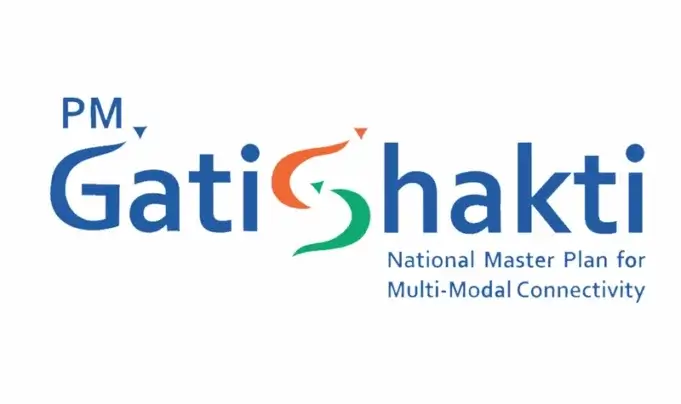India has made significant progress in the latest Logistics Performance Index (LPI) ranking released by the World Bank. In the 7th edition of LPI 2023, India has jumped six places to rank 38 out of 139 countries. This improvement is a result of several initiatives taken by the Indian Government under the leadership of Prime Minister Shri Narendra Modi since 2015 to enhance the country’s logistics efficiency. The World Bank has recognized India’s efforts towards improving logistics efficiency, with India showing remarkable progress on four out of six LPI indicators.
This development reflects India’s improved global positioning and is attributed to the government’s dedicated focus on reforms to enhance logistics infrastructure. In October 2021, the Indian government launched the PM GatiShakti National Master Plan (PMGS-NMP) to promote a coordinated approach to infrastructure planning and development. PMGS integrates existing and proposed infrastructure initiatives of different Central Ministries and ensures first and last-mile connectivity for seamless movement of people and goods. This GIS-based tool encourages communication and data sharing among Central and State agencies, promoting a collaborative approach.
In September 2022, the Prime Minister launched the National Logistics Policy (NLP), which acts as a guiding document for States/UTs seeking to formulate logistics policy. The policy focuses on upgradation and digitisation of logistics infrastructure and services, streamlining processes for seamless coordination, and reducing overall logistics costs. It incentivizes employment generation and skilling of the workforce and lays emphasis on adopting energy-efficient modes of transportation and greener fuels to reduce the carbon footprint. The policy also stresses the importance of targeted policy reforms to improve time spent by cargo at ports, airports, and multimodal facilities.
The Indian Government has also invested in trade-related soft and hard infrastructure, connecting port gateways on both coasts to the economic zones in the hinterland. Technology has been a critical component of this effort, with the implementation of a supply chain visibility platform under a public-private partnership. The Logistics Data Bank project, which began in 2016, applies radio frequency identification (RFID) tags to containers and offers consignees end-to-end tracking of their supply chain. The project promotes healthy competition amongst ports, providing information on performance benchmarking, congestion, dwell time, speed, and transit time analysis.
The Department for Promotion of Industry and Internal Trade (DPIIT) has been conducting LEADS (Logistics Ease Across Different States) study since 2018 to identify and resolve logistics inefficiencies and improve trade facilitation across supply chains. India has also notified several schemes, including the Productivity Linked Incentive (PLI) Scheme, PM Mitra Textile Parks, Bulk Drug Parks, and other areas of manufacturing, focusing on specific sectors for exports and the provision of related infrastructure.
Initiatives such as Sagarmala, which aims to improve connectivity to ports and reduce cargo dwell time, and Bharatmala, which focuses on improving road connectivity of major corridors, have played a vital role in improving India’s logistics efficiency. The LPI index is a perception-based survey conducted across select stakeholders dealing with respective countries. The LPI report appreciates the Logistics Data Bank, which reduces inefficiencies while connecting the hinterland to ports. Resolving logistics gaps and bottlenecks will help decrease logistics costs and contribute to India becoming a global manufacturing/production hub in the coming years.











